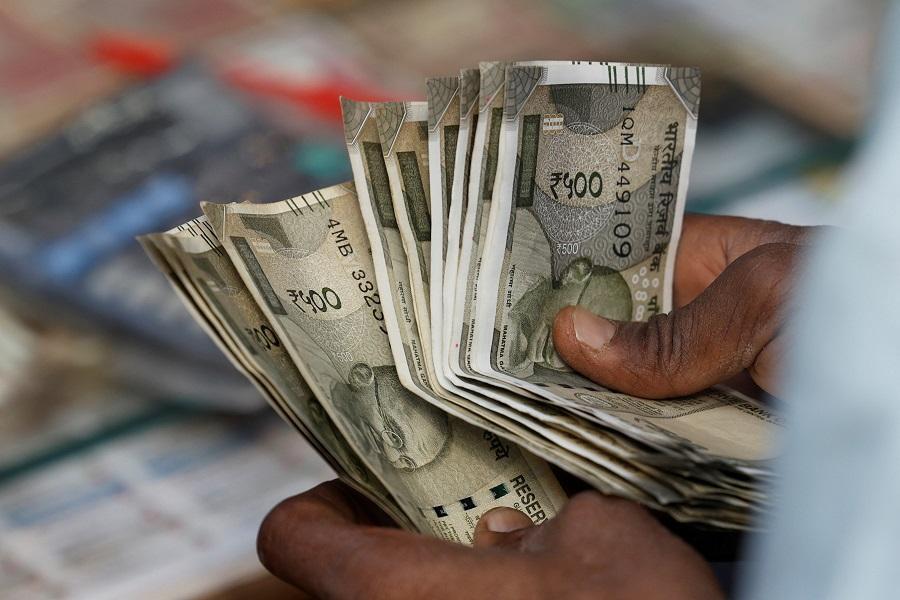
Rupee Set to Open Weaker as Trump Threatens 25% Tariff on Exports
The Indian rupee has been facing a tumultuous ride in the recent past, and the latest development has sent shockwaves through the market. U.S. President Donald Trump’s threat to impose a 25% tariff on Indian exports has put the rupee in the firing line, and traders are bracing themselves for a weak opening on Thursday.
The rupee had been showing some signs of strength in recent days, but the Trump administration’s sudden threat has sent its value plummeting. The Indian currency had been trading at around 87.42 per dollar in the NDF market, but the 1-month non-deliverable forward (NDF) suggests an opening range of 87.66-87.69, indicating a significant depreciation.
The reason for this sudden weakness is the threat of a 25% tariff on Indian exports by the Trump administration. Trump had been vocal about his dissatisfaction with India’s tariffs on American goods, and the latest move is seen as a retaliatory measure. This has sent a wave of uncertainty through the market, causing investors to dump their rupee holdings and seek safer havens.
The rupee had been facing a tough time even before the Trump administration’s threat. The currency had been under pressure due to a widening current account deficit, high oil prices, and a decline in foreign capital inflows. The Reserve Bank of India (RBI) had been intervening in the market to stabilize the currency, but the latest development has put additional pressure on the rupee.
Traders are expecting the RBI to step in and intervene in the market to stabilize the rupee. The central bank has a reputation for intervening in the market to manage the currency’s volatility, and this is likely to be the case in the current situation. The RBI has a large arsenal of tools at its disposal, including foreign exchange reserves, swap operations, and forward guidance, to manage the currency’s volatility.
The rupee’s weakness has significant implications for the Indian economy. A weaker rupee can lead to higher import costs, which can increase inflation and pressure the RBI to raise interest rates. This can have a negative impact on the economy, as higher interest rates can reduce consumer spending and investment.
The Indian government has been trying to reduce its dependence on imports and promote domestic manufacturing, but the rupee’s weakness can make this task more challenging. The government has been implementing various measures to promote exports, including offering incentives and subsidies to exporters, but the Trump administration’s threat has put a question mark over the success of these initiatives.
The rupee’s weakness has also implications for Indian companies that have significant exposure to the dollar. These companies can face higher costs due to the rupee’s weakness, which can reduce their profitability. This can have a negative impact on the stock market, as investors may become more cautious and sell their shares.
In conclusion, the rupee’s weakness is likely to continue in the short term, but the RBI’s intervention can help stabilize the currency. Indian companies and investors should be prepared for a weaker rupee and take necessary measures to mitigate the impact. The government should also take steps to promote exports and reduce the country’s dependence on imports.




